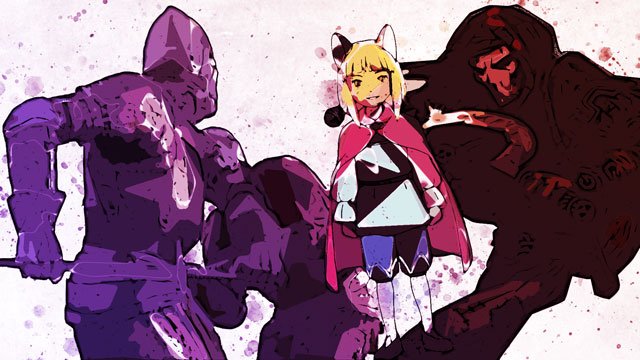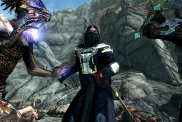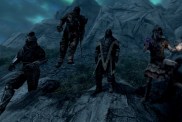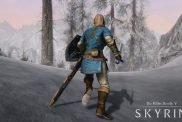As we pass the halfway point of the year, it’s time to take stock of the best RPGs of 2018 (so far). Putting aside the number of re-releases and ports, there have been some truly phenomenal original releases, especially among the indie developers. Also notable in RPGs this year were some novel attempts at re-imagining or innovating concepts within the genre and blending genres. As we head into a pretty dense release season, here are my picks for the top 10 RPGs of 2018 thus far.
Best RPGs 2018: Monster Hunter World

Monster Hunter World keeps the series famously in-depth gameplay while making quality of life changes to reduce some of the micromanagement of past titles. Controls are smooth and fluid, but you can still feel the weight behind each attack. Even light weapons feel deadly. Tracking monsters now feels like hunting them rather than memorizing a series of numbers depending on map. And since this is an RPG list, not an action game list, the expanded story and revamped skill system deserve attention. The skill system is as in-depth as you want it to be. If you want depth, you can build different armor sets to mix skills. For those who prefer to just hunt rather than optimize, you can go for complete sets. These now offer thematically appropriate bonuses based on the monsters you made them from. The new story integrates well with the investigative aspect of gameplay, as tracking monsters and researching their ecology opens up new hunts. Even Capcom’s post-release support is exceptional. New monsters are added regularly, keeping the game fresh. It’s an extremely solid game of the year contender with a bright future, despite being almost a year old.
Best RPGs 2018: Octopath Traveler
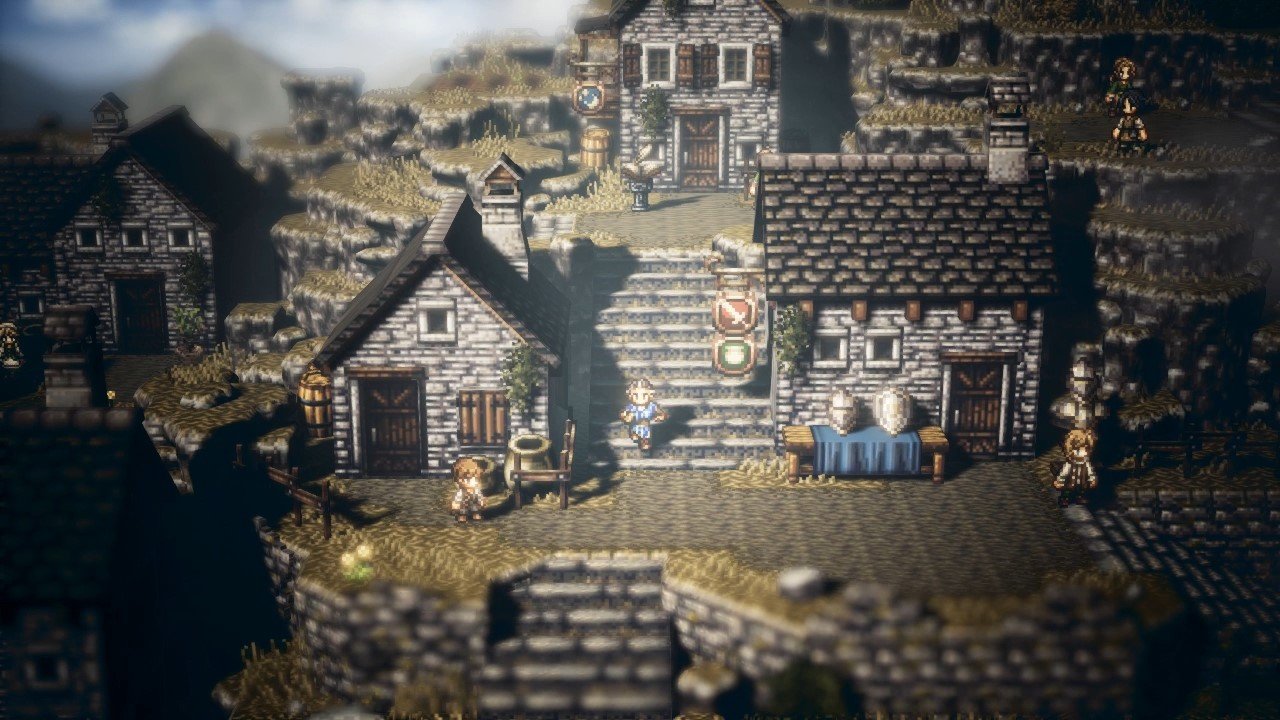
Many games have tried to recapture the feeling of the 16 and 32-bit era of RPGs like Secret of Mana, Chrono Trigger, and Final Fantasy VI. It only makes sense that this style of game has been truly revived and updated for the 21st century by the house that Final Fantasy built. Square Enix’s Octopath Traveler brings an utterly unique visual style to the table. On top of that is an engaging 8-part story and well-written party members. But the gameplay is the real reason to pay attention. It takes traditional turn-based RPG combat and adds a fascinating battle system to make battles dynamic. To get the most out of your party, you have to utilize the boost and break systems to crack enemy defenses and press your advantage. The only real complaint I have is that I’d like to see more direct interaction between the characers’ stories. This game proves that Square Enix still has traditional JRPGs in their DNA.
Best RPGs 2018: Moonlighter
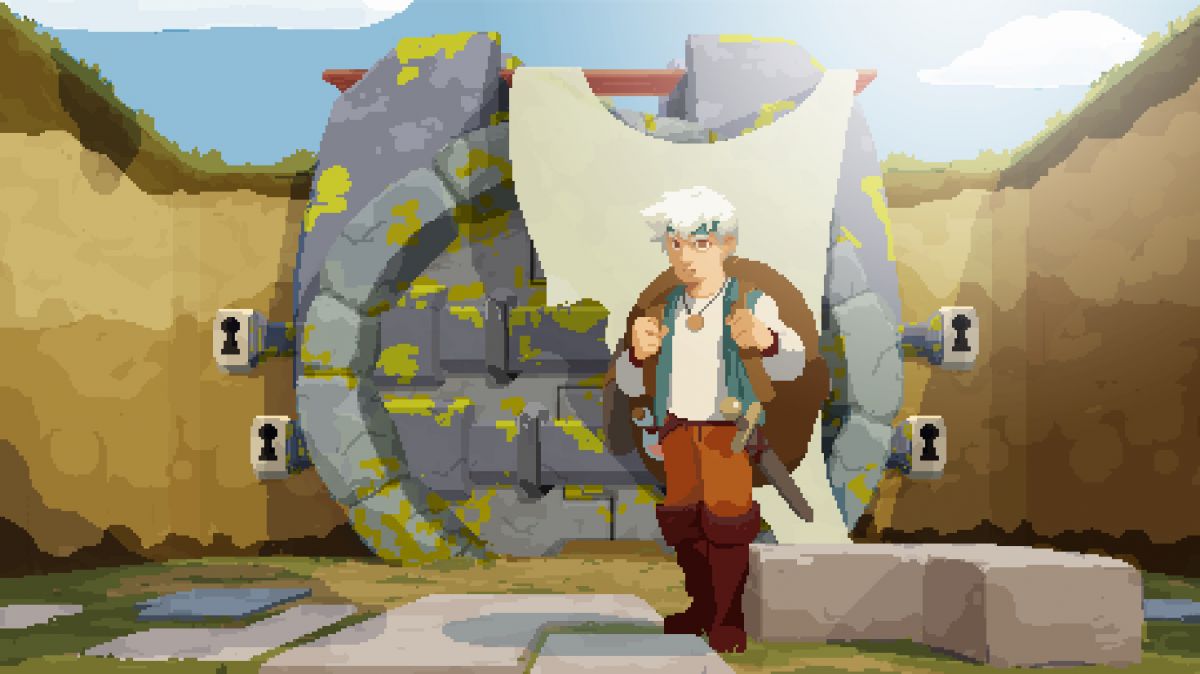
What if Link had a day job that he hated? It sounds like a fanfiction but it’s the quickest way to describe the premise of one of my favorite indie RPGs of this year. Moonlighter drops you into the role of a humble shopkeeper who dreams of the adventuring life. By day, you tend the shop and deal with the vital errands that come with the dual lifestyle of shopkeeper/hero. By night, you’re given an exceptionally gripping 2D dungeon crawling experience. You must solve puzzles, fight monsters, and beat giant bosses. The real-time combat is fast-paced and dangerous with slick, responsive controls and a selection of excellently-designed weapons.
Best RPGs 2018: Darkest Dungeon: The Color of Madness
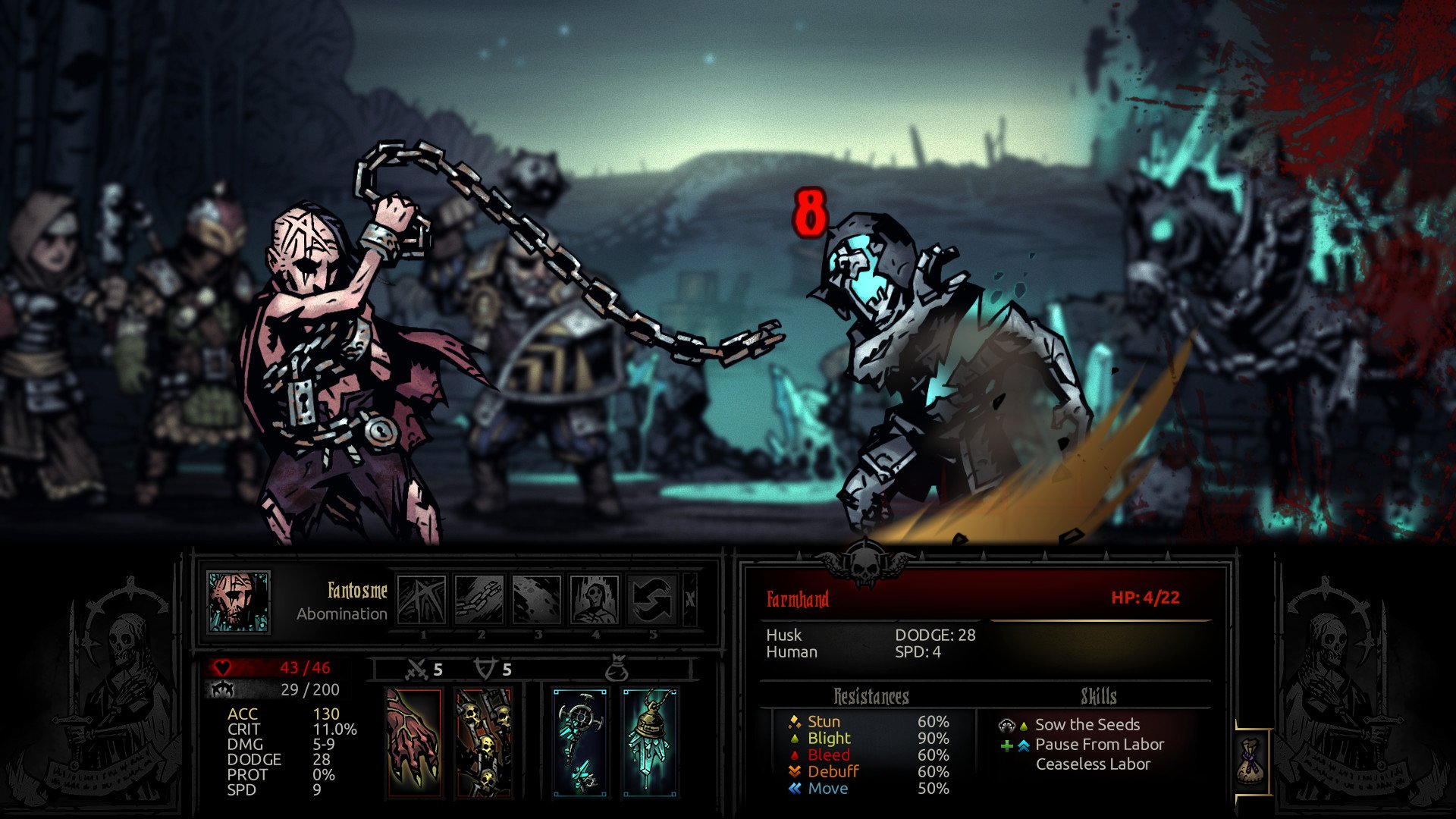
Like the original Darkest Dungeon, The Color of Madness deals with job-related stress in the world’s craziest Human Resources department simulator. Jokes aside, fans who haven’t already picked it up will find that the DLC The Color of Madness is everything the original was but amped up. This entry revels in the eternally-engaging, creeping horrors of Lovecraft’s deeply disturbed psyche. Chief among these is a whole-plot-reference to “The Color Out of Space”. As a result, the poor desperate fools you send to die in your service will encounter new and ever more awful nightmares. The gameplay is just as gritty and brutal as in the base game. If you’ve never played vanilla Darkest Dungeon, or you put it down, this expansion is an excellent excuse to revisit it.
Best RPGs 2018: Sunless Skies
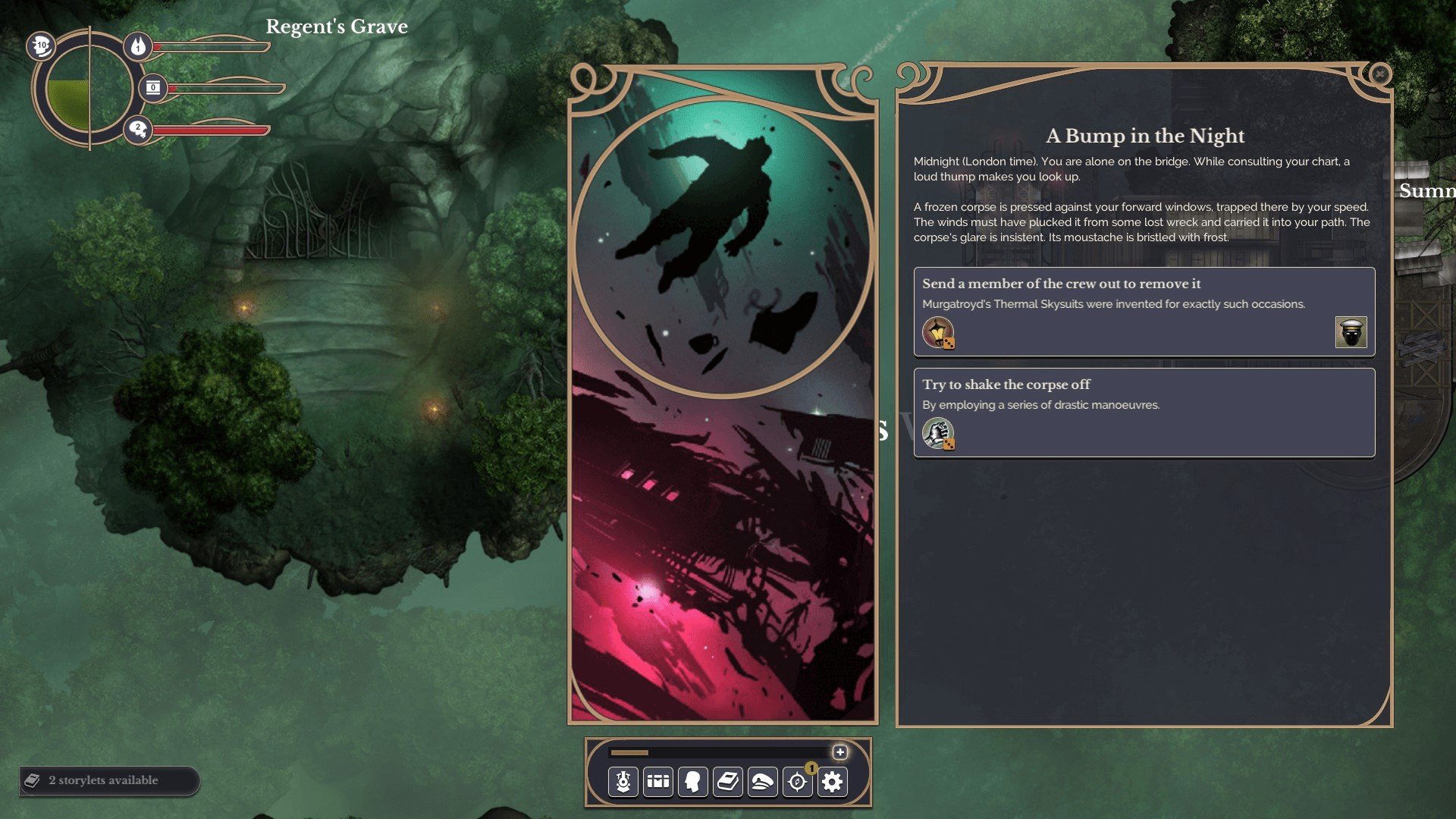
Picking up 10 years after the events of Sunless Sea, you take the role of the captain of an airship, ascending to the stars to seek their fortune. The core gameplay of Sunless Sea is still present in Sunless Skies with a few important additions. The most important, to me, are extra mobility options which really cement the high-flying airship duels at the core of its gameplay. Still present is the most important part of Failbetter’s game design: Dialogue and story. The intricate, interwoven quest lines are still present in all their glory. Though still in early access, its full release looks like it will be even better than Sunless Sea in every respect.
Best RPGs 2018: For the King
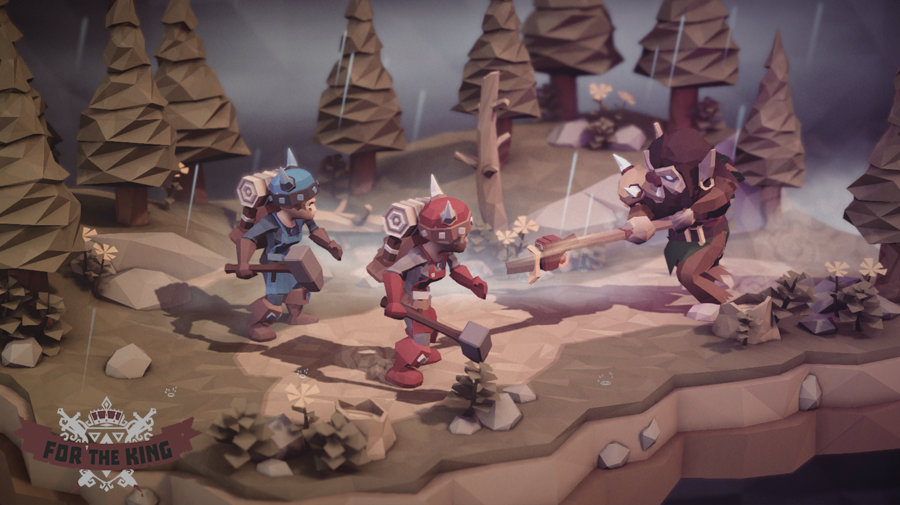
For the King captures the unique variety of fun, immersive adventuring that Dungeons and Dragons specializes in. Its unique aesthetic style uses character models reminiscent of roughly-whittled tabletop figurines. Meanwhile, the gameplay blends tactical, hex-based map exploration with a traditional JRPG-style battle system. Most interactions use in-engine die rolls to determine outcome, again owing to the tabletop atmosphere. The game is deep but explains itself well while still leaving both the mechanics and the world obscured enough that exploration and experimentation feel rewarding and fresh.
Best RPGs 2018: Tower of Time
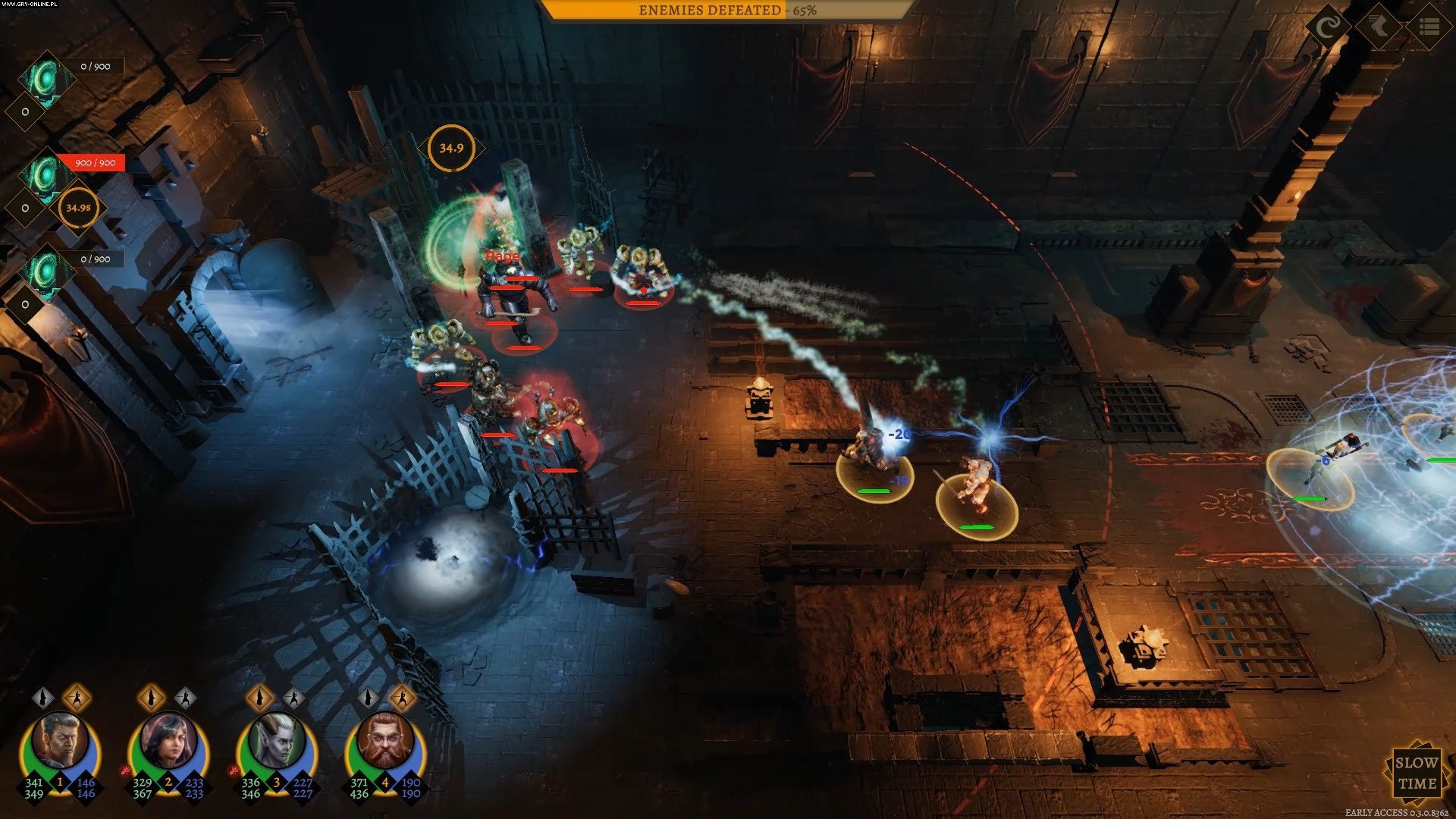
There’s a certain breed of nostalgia attached to the classic RPG genre. Usually, attempts to chase that nostalgia rarely try to innovate on the core concepts of the CRPG. Tower of Time is NOT one of those games. It combines point-and-click exploration with a rarely-seen kind of combat: The un-pausable RTS-RPG hybrid. Vitally, there IS the option to slow down time so that you’re not drowning in micromanagement while your party dies. The combat feels tense yet manageable and deftly crafted. It rewards an attention to detail and a willingness to explore your options. It’s weird to say, but the true selling point of this CRPG is actually the gameplay. This game is an absolute standout and I’ll absolutely be watching what these developers put out next.
Best RPGs 2018: Ni no Kuni 2: Revenant Kingdom
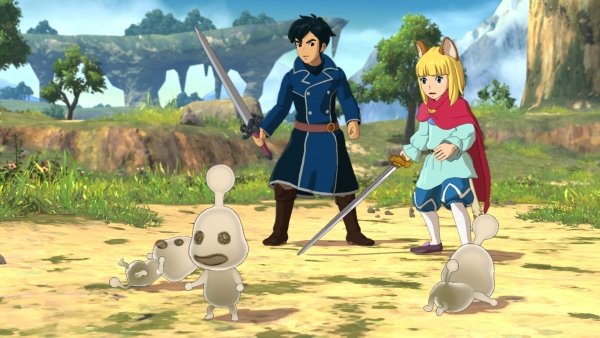
The original Ni no Kuni was a strange beast that featured capturing strange beasts. Ni no Kuni 2 drops that in favor of character-based action RPG gameplay reminiscent of Level-5’s previous game Dark Cloud. Gameplay is supplemented with RTS mechanics featuring an adorable array of Pikmin-esque spirits. This time around, it’s the story of – I’m not joking – the President of the United States who got nuked and now must help a catboy regain his rightful throne. That’s not even the most bananas plot thread in the game, but somehow the absurd plot still feels charming. Tying everything together is the Ghibli aesthetic that the first game established. The anime-style excess of its plot isn’t for everyone. That said, it’s definitely one of the more uniquely entertaining releases of the year.
Best RPGs 2018: Pillars of Eternity II: Deadfire

On the opposite end of the spectrum, Obsidian hearkens back to its Baldur’s Gate roots with the heavily story-based Pillars of Eternity II. It has an engaging plot with memorable characters along the way. Opportunities for good roleplaying abound, which is something distressingly uncommon in the genre. Its open world sells the sense of adventure that permeates both the themes and aesthetics of the game. Unfortunately, it requires you to completely remake your character, even though you can import your prior choices. While a momentary element of frustration, it does color the first couple hours for those who were very invested in their Watcher from the first game.
Best RPGs 2018: Kingdom Come: Deliverance
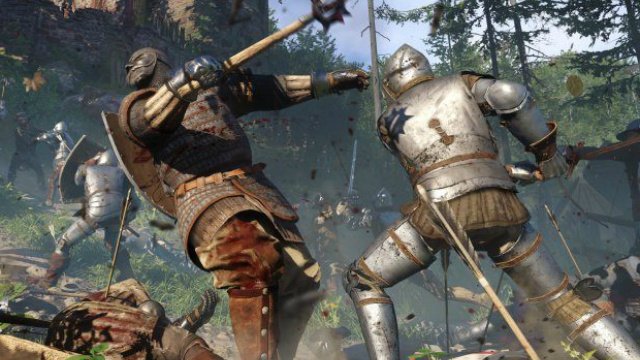
No RPGs of the Year list would feel complete without a nod to Kingdom Come: Deliverance. It’s a dark, gritty experience. It’s got a fairly remarkable level of complexity and authenticity. However, with that complexity comes bugs and KC: D has more bugs than your average medieval village. That said, it’s not through any lack of programming artifice. Rather, it’s the sheer ambition of the development team that made quality assurance so apparently devilishly difficult. It feels like the realization of Mount and Blade’s campaign mode ambitions. Unfortunately, the writing is lackluster, especially for an RPG. It’s an entertaining, if flawed, experience. I feel its true value is as the foundation to a potential juggernaut franchise.
